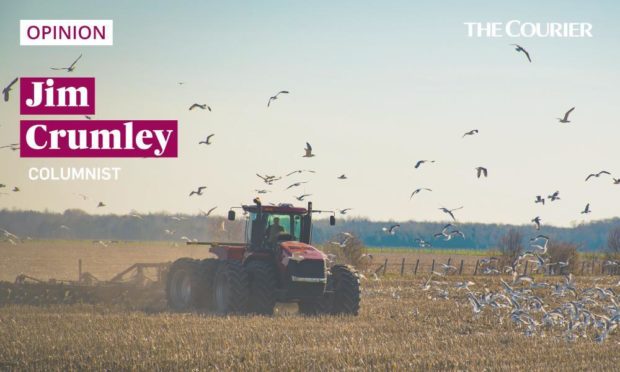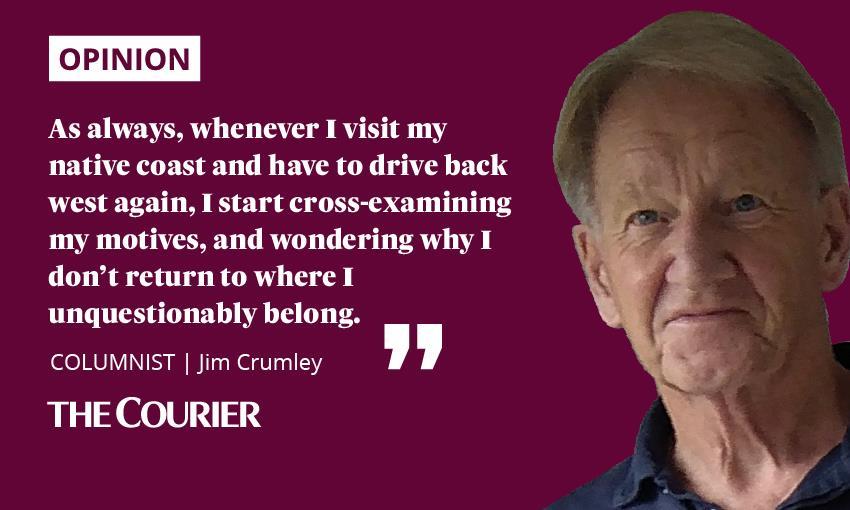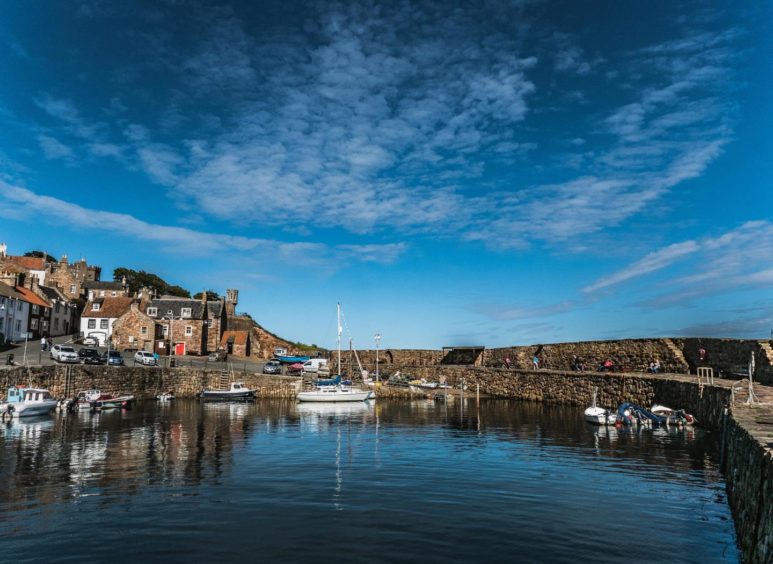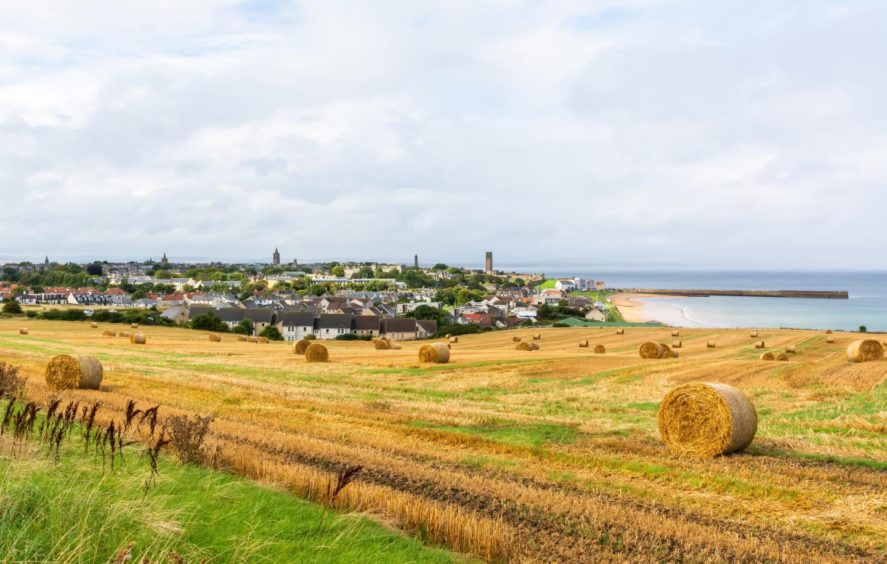Autumn beckons me, in much the same way that the sea does. I have hankered after both for much of my life.
An early September appointment in Crail, then, felt like a day starred with good omens.
The coast between Auchmithie and St Monans was the sea of my boyhood and youth.
No amount of Hebridean journeys (and my life has been liberally stuffed with those) has this kind of hold on me.
I always thought the sun should rise out of the sea, not set in it.
My appointment was brief and concluded by lunchtime.
And my lunch was based on one of my simplest of philosophies about food.
If you’re going to eat seafood, eat it where they catch fish.
So I sat on the harbour wall with a fresh crab roll and a fresh coffee.
And what with the salt air and the sun on my face and a few still-lingering terns gatecrashing the placid sea a few yards offshore, I was in no hurry to go anywhere.
But ahead of me lay the drive inland back to the middle of the country.
And as always, whenever I visit my native coast and have to drive back west again, I start cross-examining my motives, and wondering why I don’t return to where I unquestionably belong.
Still looking for answers
No sooner does the drive start than I look for excuses to stop.
The first one was to watch a ploughed field.
The earth here is a deep shade of red-fox-red and the lowering afternoon sunlight had ennobled the art of the ploughman, burnishing the crests of the furrows and shadowing the depths.
There is a Gaelic word for the swathe of earth turned by the plough –sgriobh. But as far as I know, Lowland Scots has no equivalent.
I sense a missed opportunity. For there is no denying the artistry of a good ploughman when the soil is as textured and toned as this.
And there should be a word that arose out of its own landscape to acclaim the result.
The ploughed earth was further embellished, for it was starred by hundreds of black-headed gulls that had just floated up from the high tide.
Now they waded the crests and troughs of these earthen waves, trawling the invertebrate shoals of the soil.
Safety in numbers
I had been watching for about 20 minutes when a hefty female buzzard crossed the low skyline of the next field and put every gull to flight.
The buzzard is more of small mammal predator than a birder.
And while I’ve seen one lift a young pigeon, I suspect a field full of adult gulls is a level or two above its prey grade.
But that eagle-shaped silhouette against the sky is an ancient enough symbol of adversity to activate the ritual of the first line of defence among big flocks of conspicuous and grounded birds, which is not to be a sitting duck.
Clustered flyers in large numbers confuse the predator and the manoeuvre tips the odds in favour of the prey species.
The buzzard crossed the ploughed field without pause or deviation while the gulls swirled loudly above.
In five more minutes all was restored and the gulls gleaned gluttonously among the furrows.
Moved to verse by birdsong
A yellowhammer called from the topmost sprig of a hawthorn hedge.
I like yellowhammers. I like their poise and their vivid look-at-me bravado that fires to a particularly deep canary shade in autumn sunlight.
The species does have its own specifically Lowland Scots word – yellayite, or just yite, which I also like.
It’s no canary when it opens its mouth though.
Its single and oft-repeated phrase ends in a strung-out metallic ziinngg! as if it is constantly surprising itself.
But something in that moment made me reach for a notebook and pen, and a sketch of a poem spilled over the paper, and I have just found it again.
And oh the yellow light
And the caller air
And the yellayite zinging
On the wire there, bright
In autumn-leaf-yellow-and-brown
And thistledown.
One day I’ll finish it.
Autumn glints amid the gloom
These first savours of autumn in such a tranquil and Lowland landscape are little more than dropped hints of the season to come.
Mostly, the trees are still green here, the hedges still in flower and scented with honeysuckle.
Second and third brood nesters of the bird world are still fetching and carrying.
My slow, reluctant, westering journey was arrested again by a beautifully unkempt acre wedged between two fields, and where a handful of young trees had been planted.
Among them were a yellowing maple and dark-crimson-leafed sweet chestnut, the two so close together that their leaves overlapped and the illusion of flames in a hearth was irresistible.
The world is in one of its gloomier frames of mind.
The coincidence of Afghanistan and Covid and Michael Gove dancing smack of a conspiracy of dark forces hell-bent on bringing society to its knees.
But there are Greens in the Scottish cabinet, Leigh Griffiths is back at Dens, and autumn is in the wings.
Bring on the geese and the wild swans.



